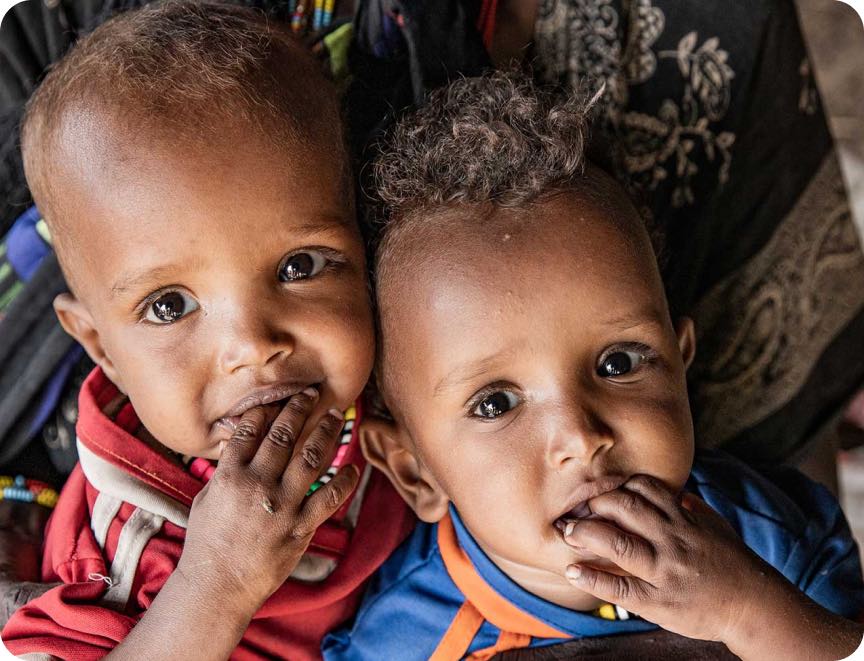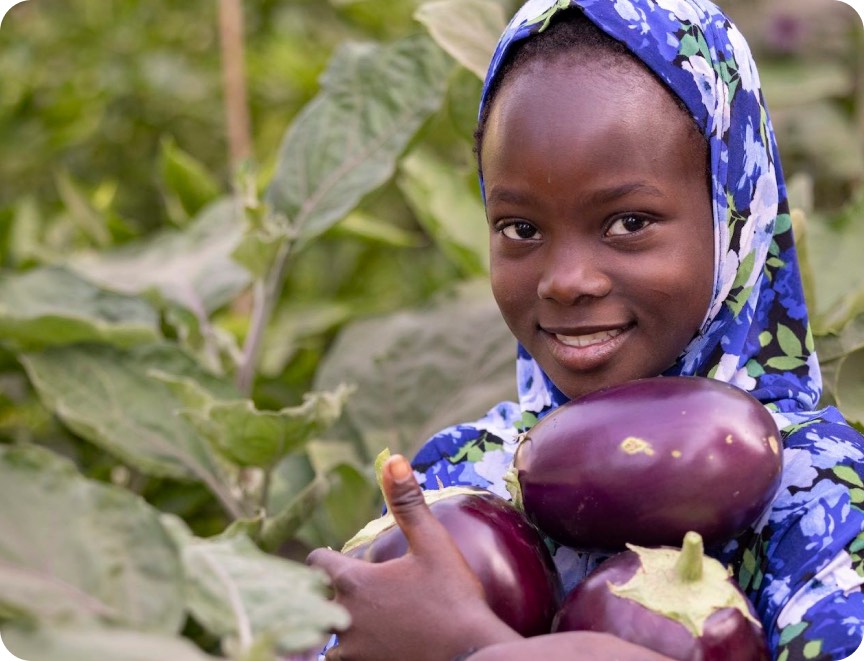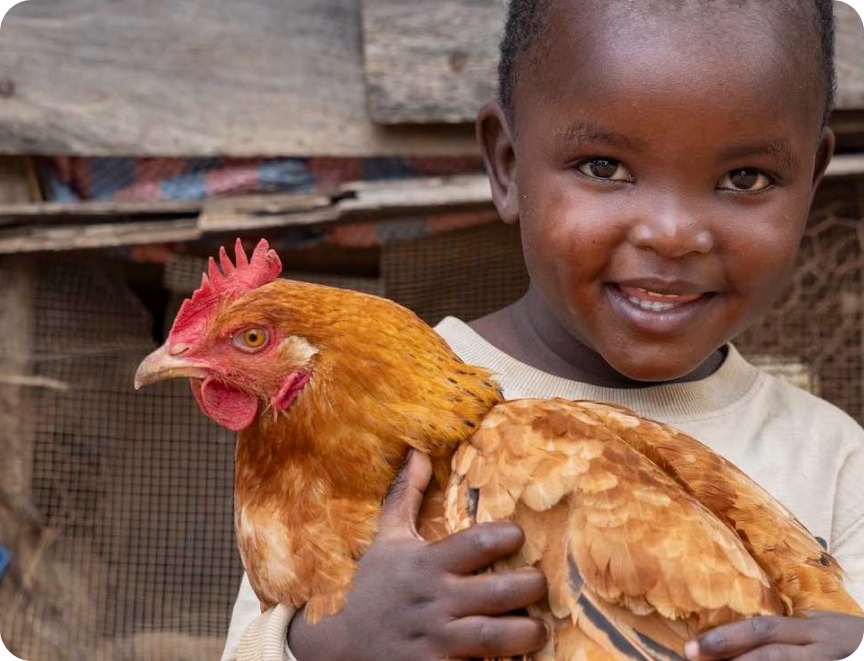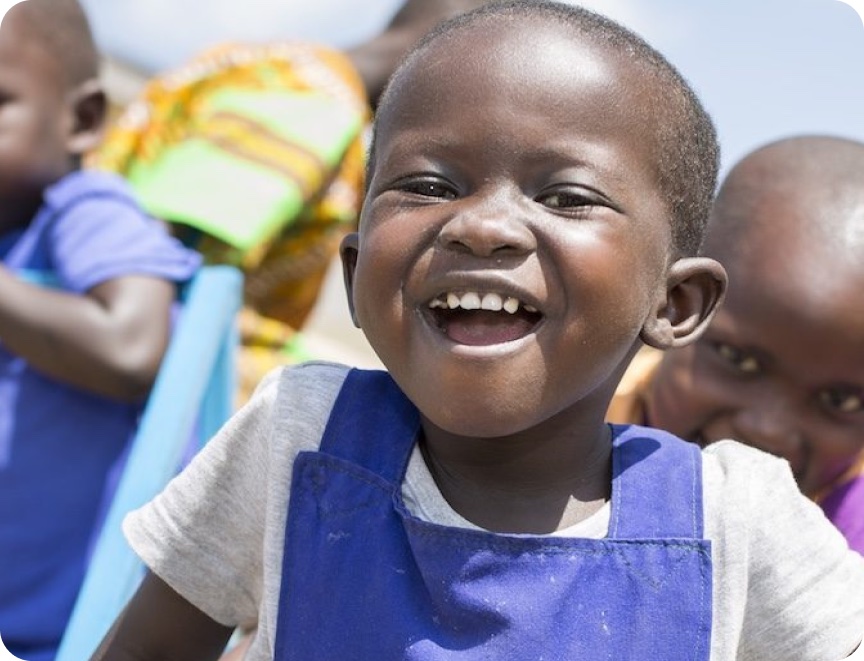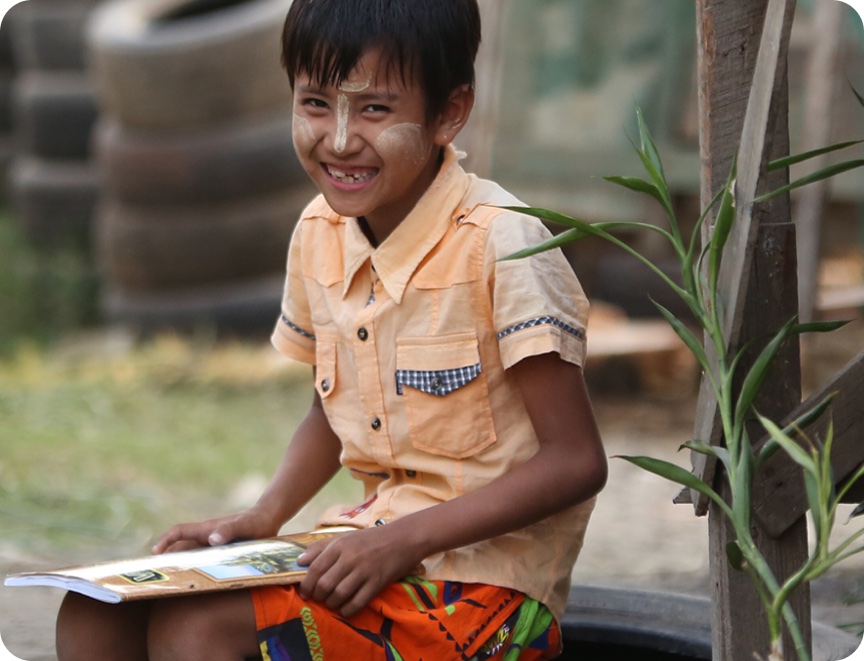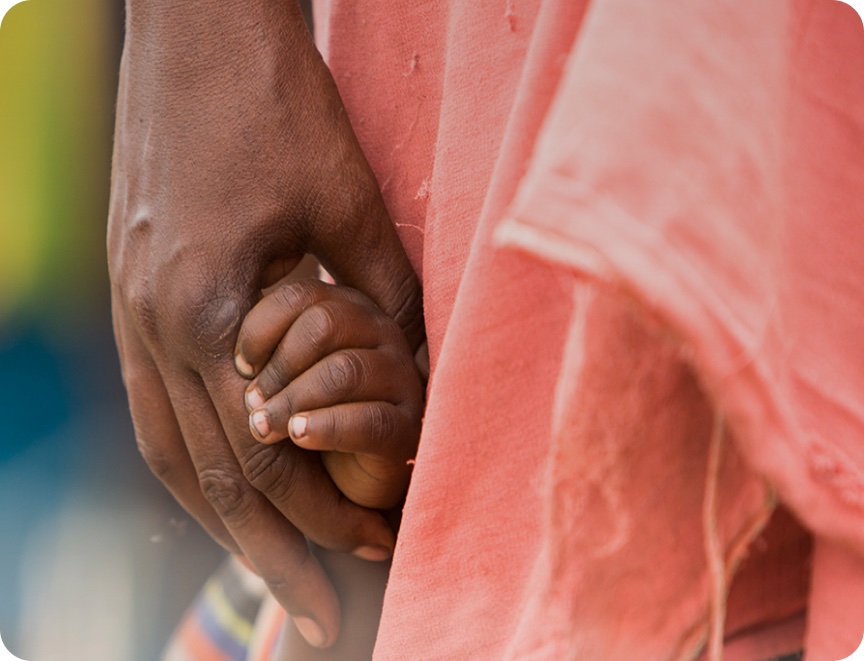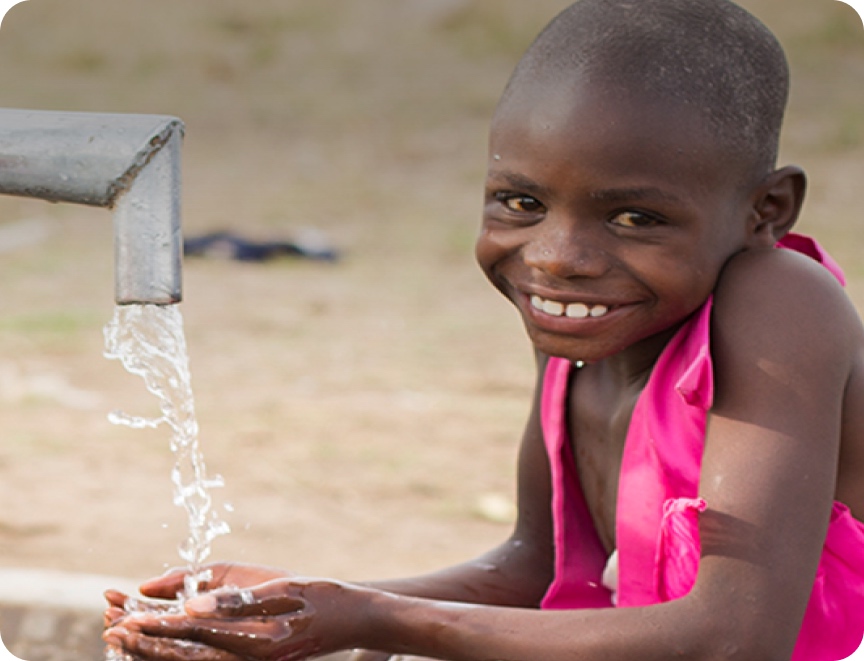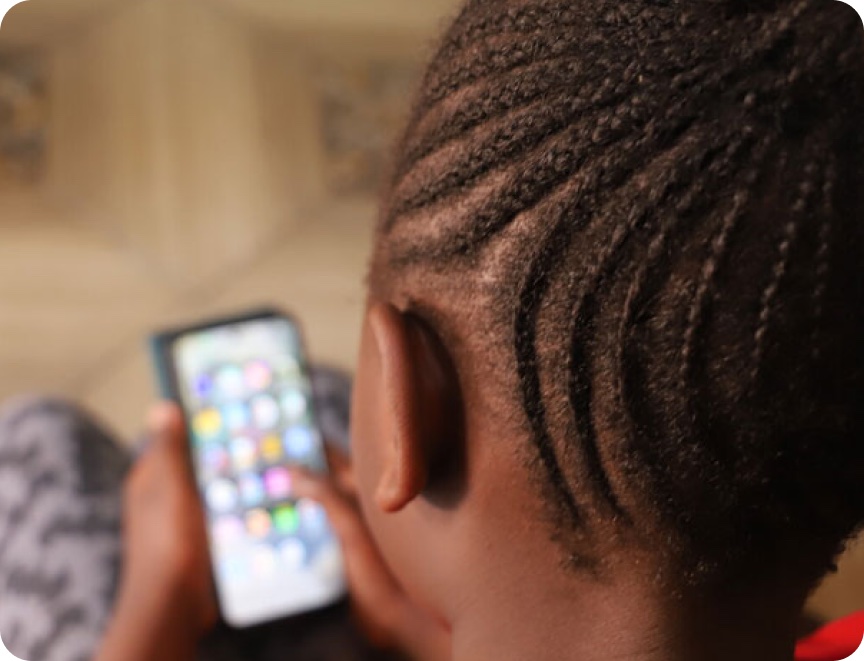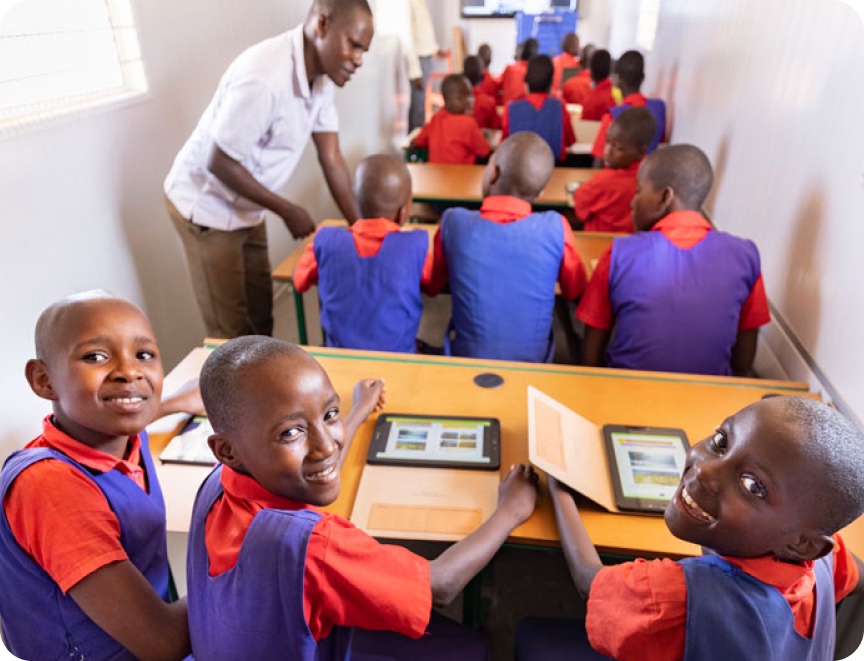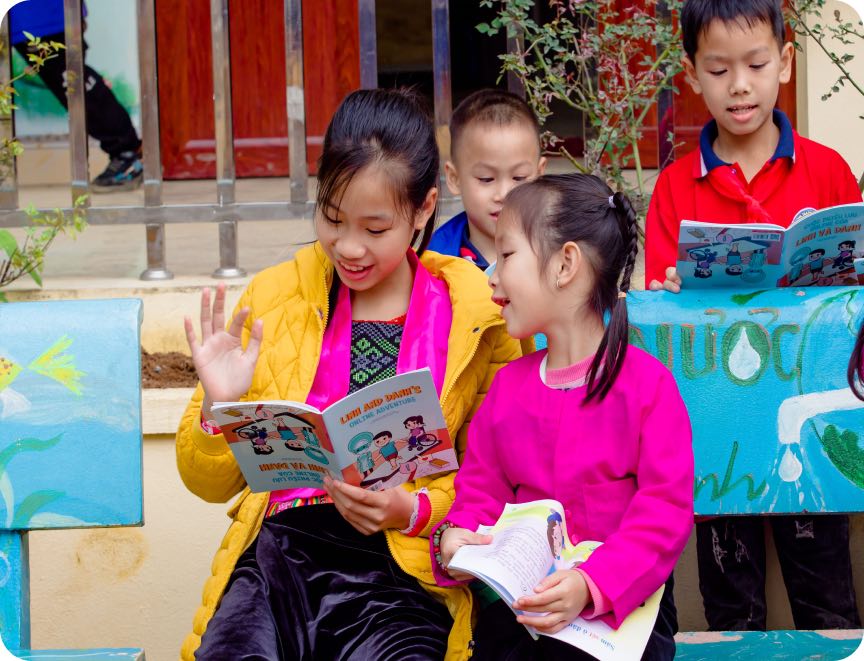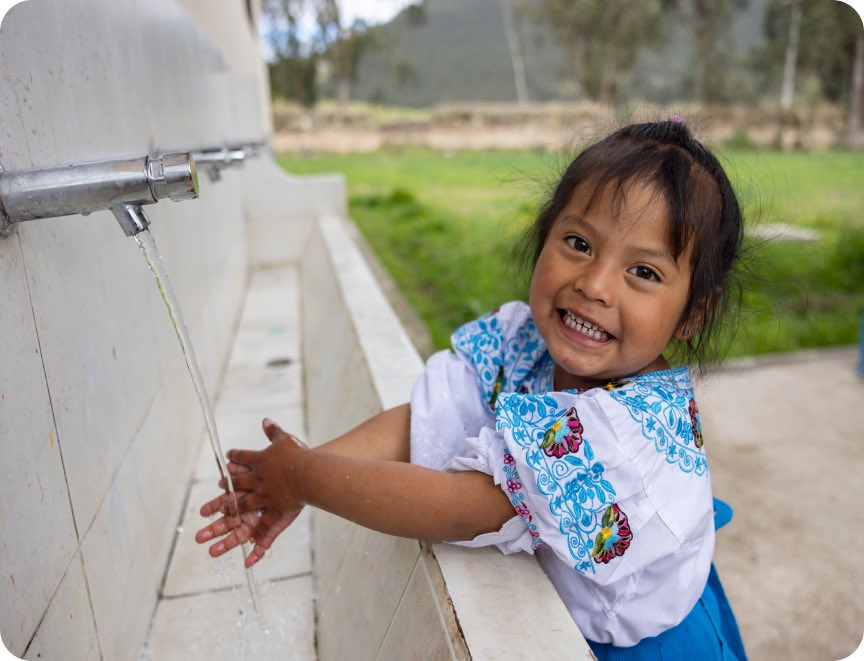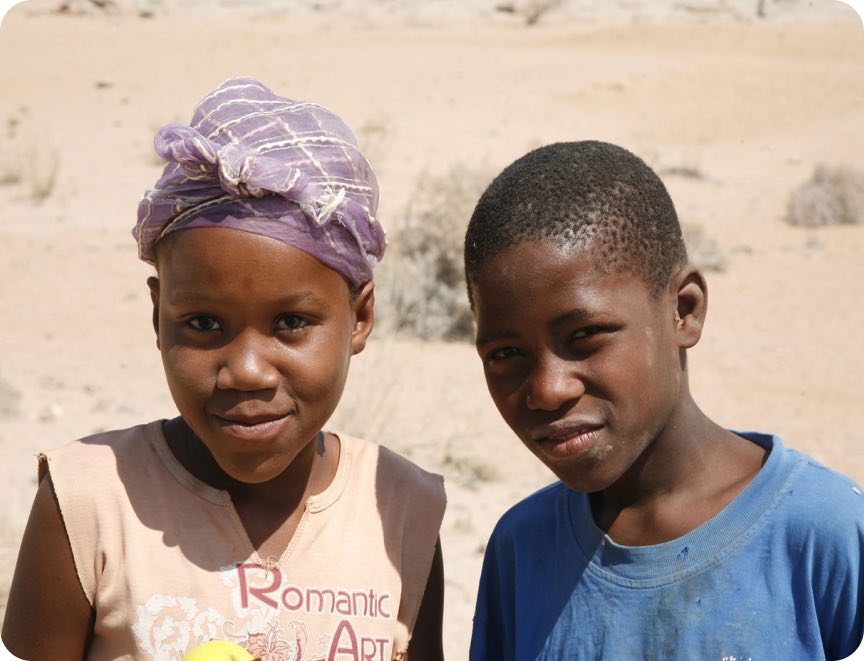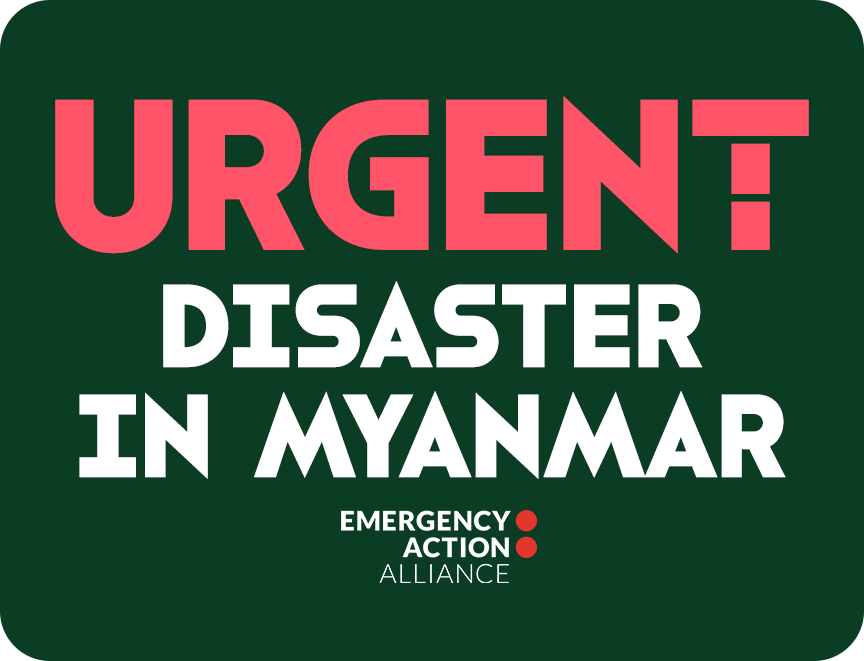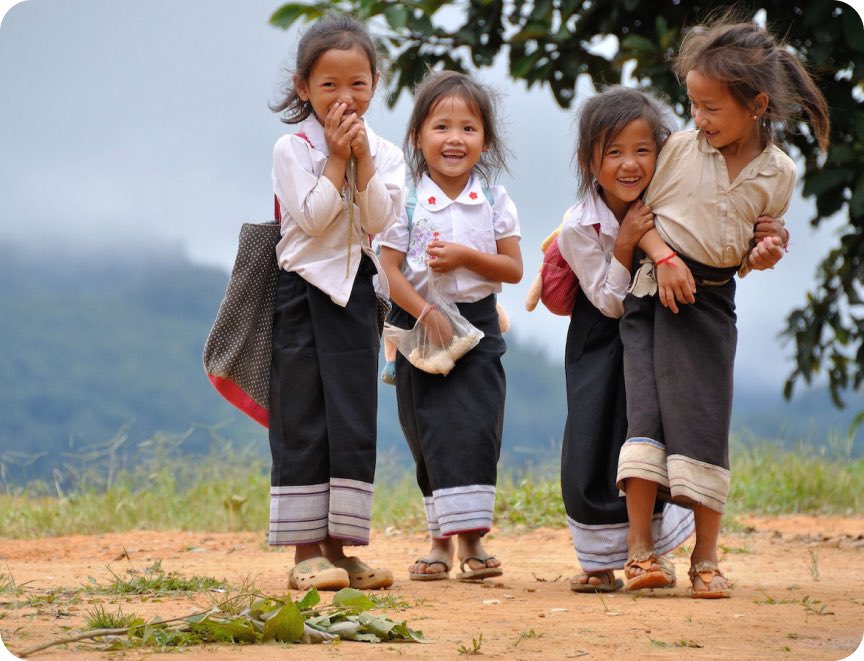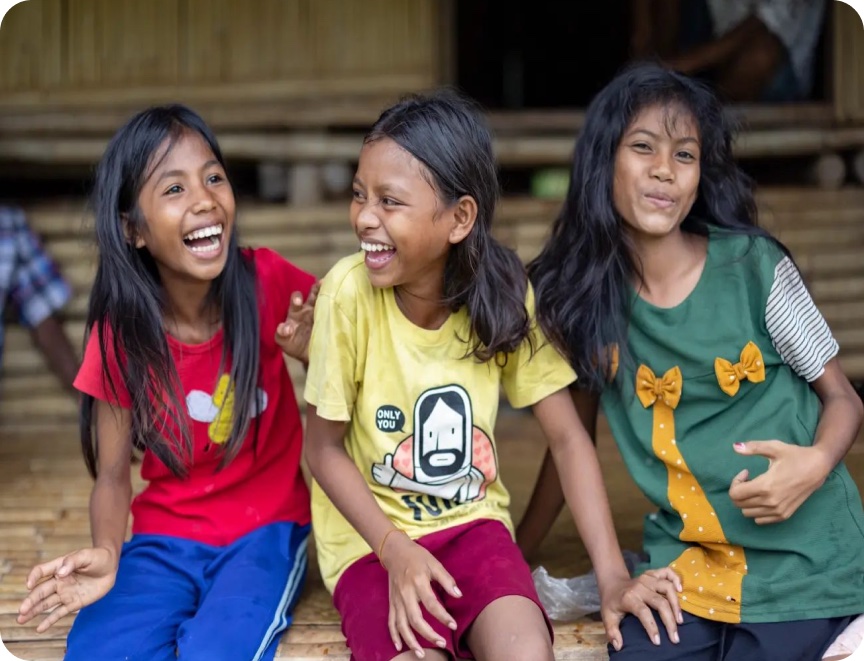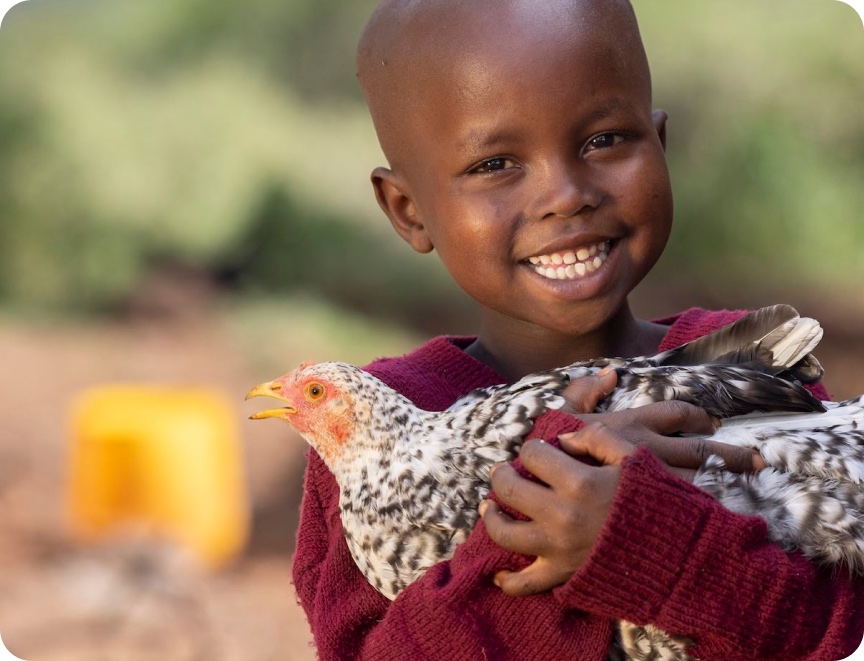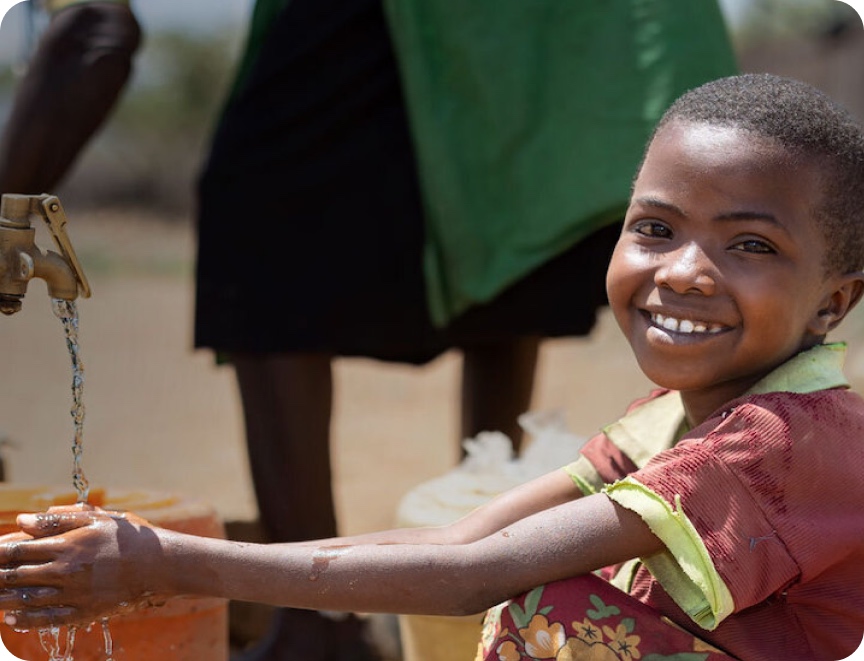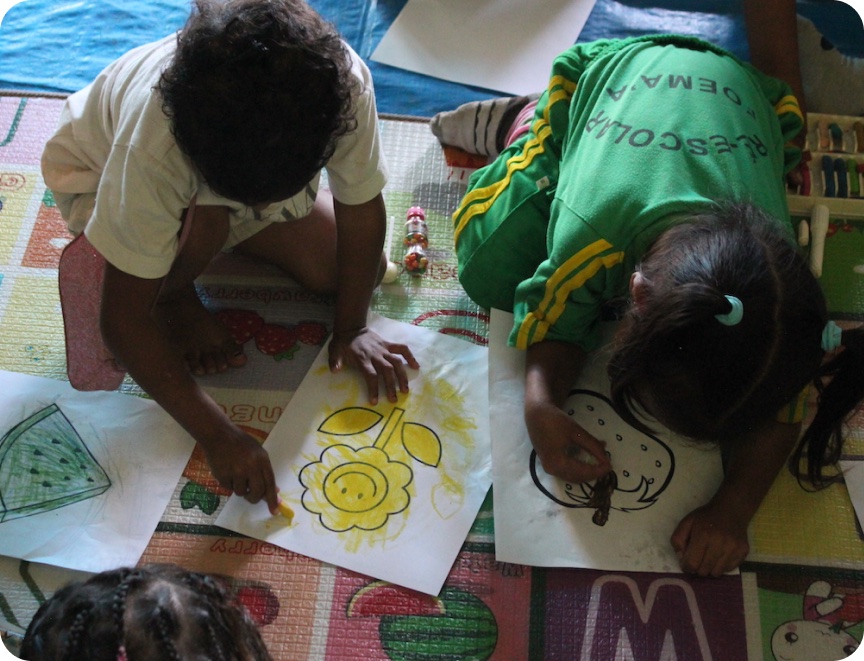SYDNEY, AUSTRALIA – 25 May 2017: Over one billion children each year are impacted by violence, yet less than $1.4bn worldwide is allocated towards initiatives to keep children safe from harm.
Equivalent to an investment of approximately less than $1 per child, this failure to address the causes and impacts of child violence costs the global economy up to $9 trillion annually, according to a new report published today by a coalition of aid agencies including ChildFund, Save the Children, SOS Children’s Villages and World Vision.
Counting Pennies: A review of official development assistance to end violence against children also reveals for the first time how much wealthy nations spend on combatting violence against children in developing countries.
Globally, the report found that in 2015 global ODA across all sectors was $233 billion. But of that amount, less than 0.6 per cent was allocated to activities which focus solely on preventing violence against children, or which include a component aimed at keeping children from harm.
Based on the percentage of overseas development assistance (ODA) allocated to ending violence against children, Australia ranked third in the world behind Sweden (2nd) and Canada (1st).
However, in terms of total amount of money spent on efforts to protect children from harm, Australia falls to 7th place, due to the now historically low size of its overseas aid budget in comparison with other donors. In 2015, Australian ODA spending on initiatives to end child violence was $92m, while Canada’s spend was $319m, followed by the United States ($211m) and Sweden ($191m).
Marta Santos Pais, Special Representative of the United Nations Secretary-General on Violence against Children, said: “Children’s lives are at stake and the serious consequences of violence can last a lifetime,” Santos Pais added. “While governments’ policy priorities may have competing demands on scarce resources, the social and financial costs of inaction are too high.”
The report also found that 50 per cent of all ODA to end violence against children goes to two geographic regions: Sub-Saharan Africa and the Middle East. Countries affected by conflict and displacement, such as Iraq, Syria and South Sudan, receive the bulk of these investments, yet it is still grossly underfunded.
One of the report’s recommendations is for donors to track spending on a yearly basis to determine how international development assistance is contributing to achieving the Sustainable Development targets to end violence against children.
The report also calls for further research into the amount of domestic resources invested by recipient governments, with the Sustainable Development Goals now including for the first time a target to end all forms of violence against children (target 16.2). Ending the abuse, neglect and exploitation of children is also mainstreamed across the 2030 Agenda for Sustainable Development.
“The world’s agreed priority to ending violence against children needs to be matched by increased ODA investment and by tracking spending on preventing and addressing violence against children,” said Santos Pais. “This must happen through both official development assistance and through the mobilisation of domestic resources.”
Key findings
- In 2015, ODA estimated to have been spent combatting violence against children globally was just under $1.4 billion, which equates to approximately less than $1 per child in the 107 nations where funding was directed, or just 0.6 per cent of global ODA spend.
- The report found that Canada is the largest single donor of ODA to end violence against children, followed by Sweden and the United States. The top six donors provided 80% of ODA to end violence against children; 10 donors provided over 90%.
- Almost all of the ending violence against children-related ODA to Oceania comes from Australia. For example, Australia is a large donor to the UN’s Papua New Guinea country fund, which includes a number of child protection activities.
- The costs and economic impact of physical, sexual, and psychological violence against children costs governments globally up to $9 trillion a year, or 8% of global GDP, and is manifested in health costs, social services, and judicial expenditure, as well as lower levels of educational attainment and other forms of social exclusion which negatively impact on human capital formation.
Download a copy of the report here: Counting Pennies: A review of official development assistance to end violence against children


